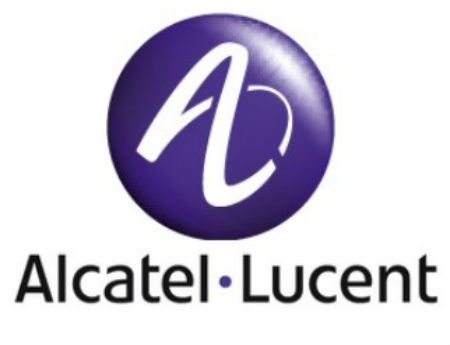Alcatel-Lucent: Copper Broadband Test Hits 10 Gbps

Demonstrating fiber-like speeds without the need to pull glass all the way to the home, Alcatel-Lucent said its Bell Labs research unit has eclipsed speeds of 10 Gbps over copper using a prototype technology called XG-FAST.
The technology that was tested is years away from becoming a commercial reality, but Alcatel-Lucent said the test demonstrates that DSL has the technical capability to deliver fiber-like speeds, and to deliver them to areas where fiber can’t be deployed all the way to the premises.
“It will enable operators to provide Internet connection speeds that are indistinguishable from fiber-to-the-home services, a major business benefit in locations where it is not physically, economically or aesthetically viable to lay new fiber cables all the way into residences,” the vendor claimed.
Instead, XG-FAST, an extension of the G.fast standard that’s currently being finalized by the International Telecommunications Union and expected to be commercially available sometime next year, could enable operators to pull fiber to the curb, wall or basement or a building, and use the existing copper network for the “final few meters,” Alcatel-Lucent said.
While the “phase 1” version of G.fast will use a frequency range for data transmission of 106 MHz, enabling speeds up to 700 Mbps over a maximum distance of 100 meters, XG-FAST is being designed to bump the frequency range up to 500 MHz while also increasing speeds over shorter distances.
For the demo, which was run on “standard copper cable” provided by an unnamed European operator, Bell Labs said it achieved symmetrical speeds of 1 Gbps symmetrical over 70 meters on a single copper pair, and hit 10 Gbps over 30 meters by bonding two copper pairs.
“[B]y pushing broadband technology to its limits, operators can determine how they could deliver gigabit services over their existing networks, ensuring the availability of ultra-broadband access as widely and as economically as possible,” said Bell Labs president Marcus Weldon, in a statement.
The smarter way to stay on top of the multichannel video marketplace. Sign up below.
Alcatel-Lucent isn’t offering an precise predictions on when XG-FAST would become a commercial reality, but a spokesman acknowledged that it would “probably be a minimum of 3 years,” factoring in issues such as required cost reductions and the standardization process.
The cable industry is further ahead with DOCSIS 3.1, an emerging CableLabs specification that will enable download capacities of up to 10 Gbps down and at least 1 Gbps upstream over an MSO’s hybrid fiber/coax network.
Estimates vary, but DOCSIS 3.1 isn’t expected to reach scale deployments until 2016 or 2017.
